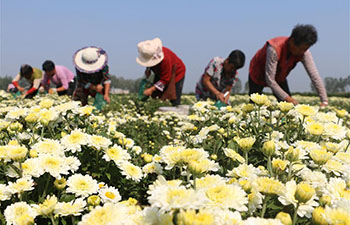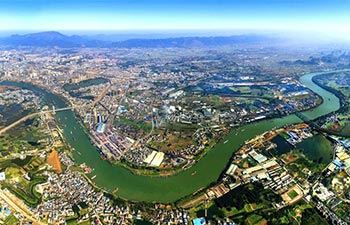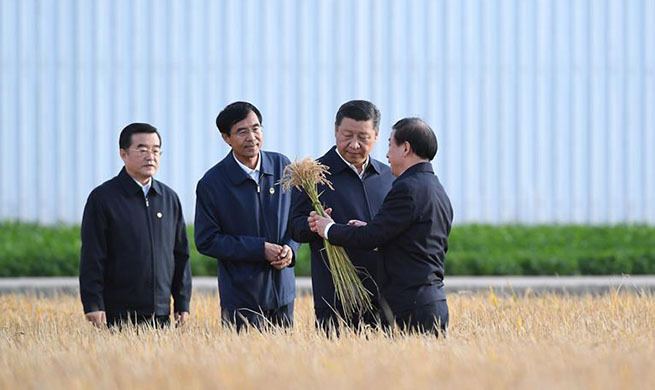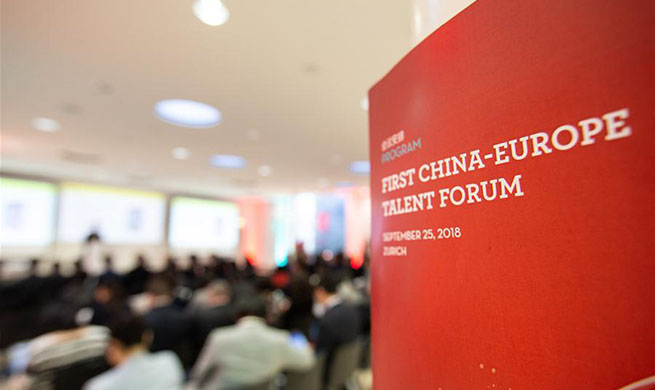by Raimundo Urrechaga
HAVANA, Sept. 25 (Xinhua) -- The Belt and Road Initiative (BRI), along with its fruitful results, was introduced to the Cubans on Tuesday at an exhibition that revealed the breakthroughs of the initiative proposed by China five years ago.
The event, inaugurated at Cuba's National Library "Jose Marti," exhibited 60 photos that illustrate from the beginning the results in various areas with the BRI framework, which Chinese Ambassador to Havana Chen Xi says "helps the whole world."
The BRI not only promotes China's development but also accelerates the development of the countries that join the initiative, including the Caribbean island.
Chen said the Chinese government appreciates Cuba's efforts in advancing the initiative and hopes to "have concrete projects in the near future."
"In the past five years, this initiative has received great attention and has been well received by many countries in the world, including Latin American nations," he said.
The ambassador said Beijing attaches great importance to cooperation with Cuba.
"We have advanced conversations with the Cuban side so that this initiative can also achieve success in this country," Chen said.
The exhibition, which will run until late October, displayed photos of cooperation projects established within the BRI framework that have helped lift hundreds of thousands of people out of poverty.
It also exhibited photos themed "Events of the Belt and Road," which highlighted Belt and Road Forum for International Cooperation held in May last year.
The photos also show the routes once used by Chinese merchants hundreds of years ago to conduct businesses with the West.
Meanwhile, the Chinese embassy in Havana donated televisions, computers and Chinese books published in Spanish to the National Library in Cuba.
"The books about China are very important for us because they can help us learn about that nation," said Lourdes de la Fuente, deputy director of Cuba's National Library.
According to official data, as of July 2018, more than 100 countries and international organizations had signed Belt and Road cooperation documents with China, extending the initiative's scope from the Eurasian continent to Africa, Latin America and the Caribbean, and the South Pacific region.

















